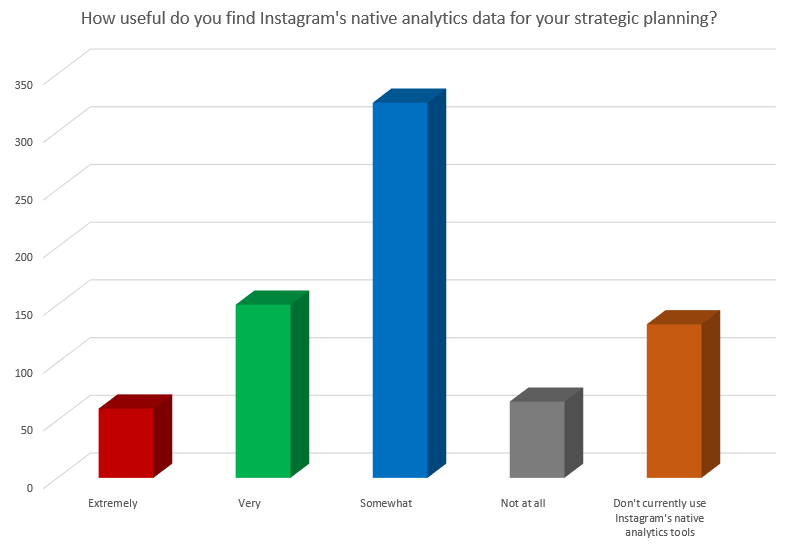To get a better handle on the opportunities and usage of Instagram for marketing purposes, we recently partnered with the team from SEMrush to conduct a survey of over 800 digital marketers to get their insights into what they’re doing on the platform, what they’re seeing success with, and where they see future potential.
You can download our full ‘State of Instagram Marketing 2019’ survey report here, but this week, we’re taking a closer look at each element of the data, and what it means for your marketing approach.
Our first three review posts looked at how marketers are currently using Instagram’s various options, the best performing on-platform tools and future opportunities of most interest.
Today, we take a look at how marketers see Instagram’s analytics tools, and what could be improved to help drive their processes.
Part 4: Instagram Analytics
In order to truly maximize your business’ Instagram presence, you need to know what’s working, what you’re doing well, and where you’re seeing results. Given the few options you have for driving direct referral traffic from Instagram, this will largely come down to measuring your on-platform analytics, and keeping a close eye on what’s generating audience engagement and helping to build your presence.
But it does seem, at least at this stage, that marketers are not totally sold on Instagram’s own analytics options.
In response to the question ‘How useful do you find Instagram’s native analytics data for your strategic planning?’, the majority indicated that they’re only ‘Somewhat’ useful for their purposes.

Instagram offers a range of analytics options for business profiles, including location insights, gender, and when your followers are active. Those are all clearly valuable, but the responses here would suggest that businesses are looking for more.
Some third party tools offer various other elements which can help in strategic planning, and it is possible that Instagram will look to add more functionality in future. Facebook Page Insights, for example, offers a broader set of information, and given they’re owned by the same company, you would expect that Instagram, too, would look to get up to similar speed.
That would clearly be beneficial – respondents highlighted several key issues with the current Instagram analytics offerings, including the lack of desktop functionality for the analytics suite, the need for more hashtag insights (in terms of which are driving visitors to their profiles and content), and downloadable data formats for expanded investigation.
But the most requested addition for Instagram analytics was, by far, the expansion of the data period to enable more in-depth trend tracking. While having an overview of current trends is valuable, being able to identify key shifts and changes over longer periods is key to developing an optimal platform strategy. Instagram’s current analytics are limited in this respect, leaving marketers with a lot of manual data tracking – if Instagram were able to improve on this, it would make things a lot easier for those looking to optimize their performance.
You can read the full ‘State of Instagram Marketing 2019’ report here, covering a range of key elements and insights to help optimize your platform strategy.

